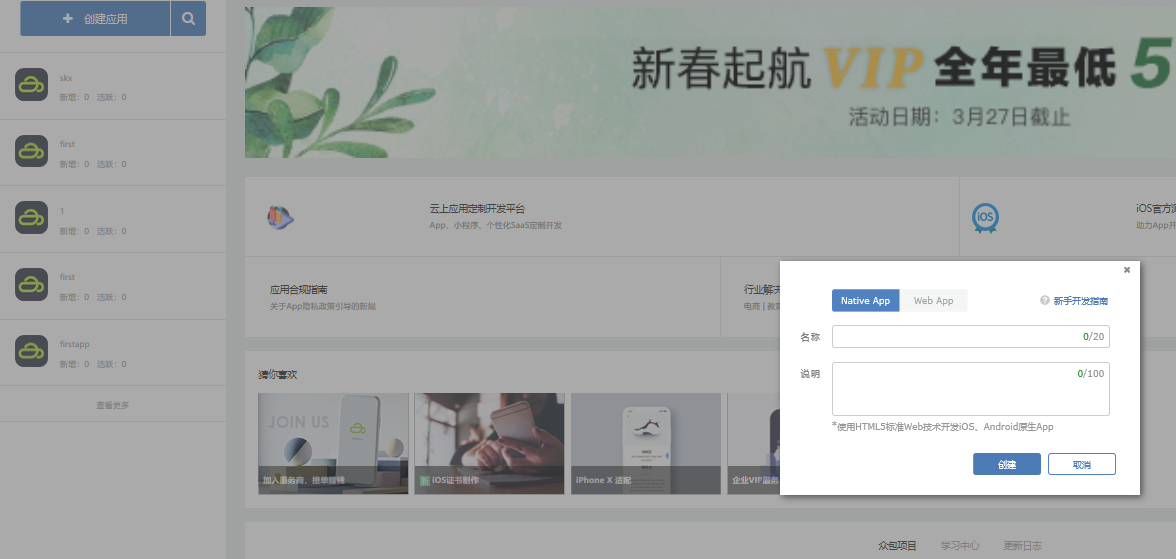Spring框架中的依赖注入问题案例
在Spring框架中,依赖注入(Dependency Injection)是一个关键的概念,它帮助我们管理和控制对象之间的关系。下面我们将通过一个简单的例子来理解依赖注入问题。
案例:简单的学生管理应用
创建实体类(Student):
public class Student {private String name;private Department department;// getters and setters}
创建部门类(Department):
public class Department {private String name;// getters and setters}
- 编写学生管理应用的主类(AppMain.java):
```java
import org.springframework.context.annotation.Configuration;
import org.springframework.context.annotation.Primary;
import org.springframework.stereotype.Component;
@Configuration
@Component
public class AppMain {
@Primary@Autowiredprivate Department department;public void addStudent(Student student) {// 简单地将学生添加到其所属的部门department.addStudent(student);}
}
```
在这个例子中,我们面临了依赖注入问题。具体来说:
硬编码:
department变量在addStudent方法中是直接硬编码进去的,这不是Spring框架提倡的解耦方式。循环引用:
@Primary注解表明Department应该作为其他对象的首选提供商。但在实际代码中,AppMain类依赖于Department类,形成了循环引用,这会导致无法创建应用实例。
要解决这个问题,我们需要使用Spring框架提供的自动装配(Auto-Configuation)和依赖注入(Dependency Injection)机制。



































还没有评论,来说两句吧...